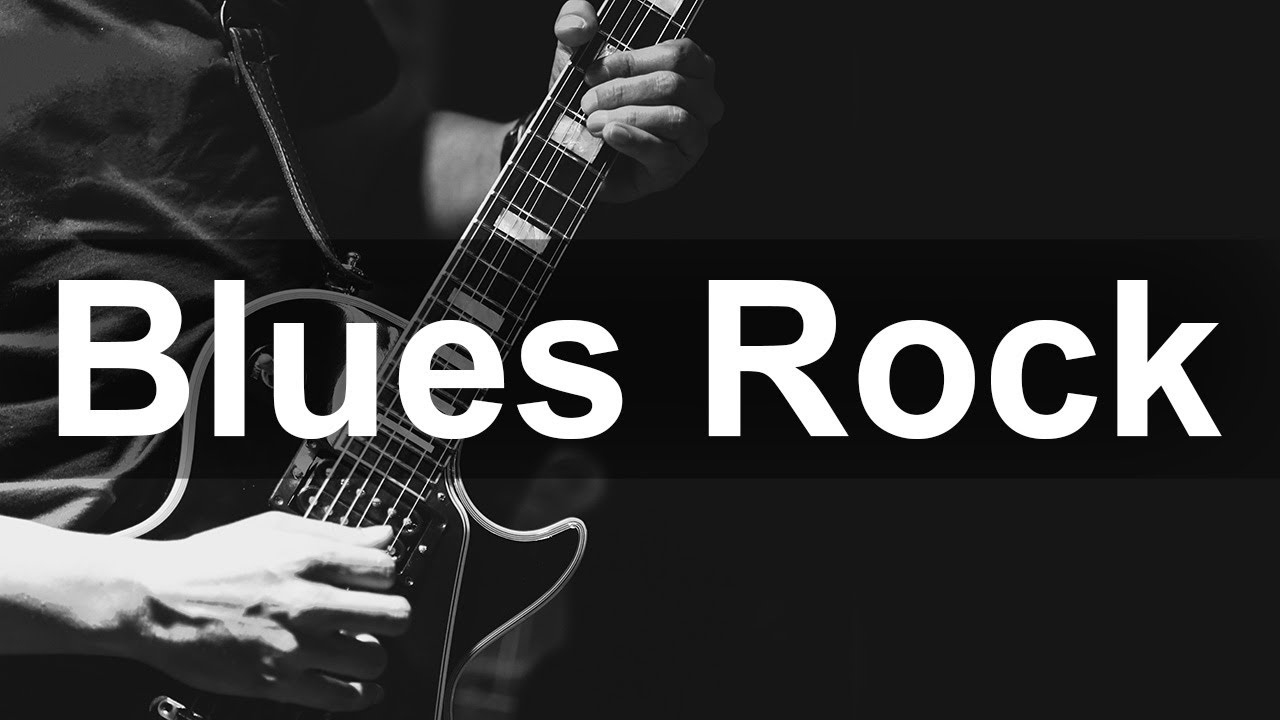Blues-rock is a genre that fuses elements of blues and rock music. Its origins can be traced back to the mid-1960s, a period marked by significant cultural and musical shifts. This hybrid genre emerged as young rock musicians in the United Kingdom and the United States began to rediscover and reinterpret the sounds of traditional blues artists.
Early Influences and Pioneers
The foundation of blues-rock lies in the rich tradition of blues music, which originated in the African American communities of the Deep South in the United States in the late 19th and early 20th centuries. Early blues musicians like Robert Johnson, Muddy Waters, Howlin’ Wolf, and B.B. King developed a style characterized by expressive vocals, blues scales, and improvisation.
In the 1950s, rock ‘n’ roll began to gain popularity, heavily influenced by the blues. Artists like Chuck Berry and Little Richard brought a more upbeat and electric sound to the blues, paving the way for rock ‘n’ roll. This early fusion set the stage for the development of blues-rock.
The British Invasion
The 1960s British Invasion was a crucial period for the development of blues-rock. Young British musicians were heavily influenced by American blues records, which they often accessed through import stores and radio broadcasts. Bands like The Rolling Stones, The Yardbirds, and The Animals began by covering blues standards and gradually developed their unique styles by blending blues with rock elements.
The Rolling Stones, formed in 1962, were particularly influential. Early in their career, they covered songs by Muddy Waters, Howlin’ Wolf, and other blues legends. Their 1964 self-titled debut album featured covers of several blues tracks, bringing the genre to a broader audience. Similarly, The Yardbirds, with guitarists Eric Clapton, Jeff Beck, and later Jimmy Page, infused their rock sound with blues improvisation and riffs, becoming a seminal blues-rock band.
The American Scene
In the United States, musicians were also blending blues and rock elements. One of the pivotal figures in this movement was Jimi Hendrix. Hendrix’s innovative guitar techniques and his ability to blend the raw emotion of blues with the power of rock redefined the genre. Albums like “Are You Experienced” (1967) and “Electric Ladyland” (1968) showcased his mastery of blues-rock, influencing countless musicians.
Other American bands, such as Canned Heat and The Paul Butterfield Blues Band, also played significant roles in the development of blues-rock. Canned Heat, known for their energetic performances at festivals like Woodstock, combined electric blues with a rock sensibility. The Paul Butterfield Blues Band, led by harmonica player Paul Butterfield, brought blues-rock to prominence with their self-titled debut album in 1965.
The Evolution of Blues-Rock
By the late 1960s and early 1970s, blues-rock had become a well-defined genre. Bands like Cream, formed by Eric Clapton, Ginger Baker, and Jack Bruce, pushed the boundaries of blues-rock with their virtuosic playing and extended improvisations. Cream’s albums, including “Disraeli Gears” (1967) and “Wheels of Fire” (1968), were critical and commercial successes, cementing the band’s place in the history of blues-rock.
Led Zeppelin, with Jimmy Page’s heavy riffs and Robert Plant’s powerful vocals, further expanded the genre’s scope. Their music incorporated elements of hard rock, folk, and blues, creating a distinctive and influential sound. Albums like “Led Zeppelin II” (1969) and “Led Zeppelin IV” (1971) are seminal works in the blues-rock canon.
In addition to bands, solo artists like Janis Joplin brought a blues-rock sensibility to their music. Joplin’s raw, emotional singing style and her dynamic performances captivated audiences, making her one of the most iconic figures in the genre.
Legacy and Influence
Blues-rock has had a lasting impact on the broader landscape of rock music. Its influence can be seen in the work of countless artists and bands across multiple generations. The genre’s emphasis on improvisation, emotional expression, and technical prowess has inspired musicians in various genres, from hard rock and heavy metal to punk and alternative rock.
Contemporary artists continue to draw from the blues-rock tradition, ensuring its relevance in modern music. Bands like The Black Keys and solo artists like Gary Clark Jr. have brought blues-rock to new audiences, blending traditional elements with contemporary sounds.
In conclusion, blues-rock emerged from a fusion of traditional blues and rock ‘n’ roll, shaped by the contributions of pioneering artists in the 1960s and 1970s. Its enduring appeal lies in its powerful combination of emotion, virtuosity, and raw energy, making it a timeless genre that continues to resonate with music lovers around the world.


Comments are closed